Cultivated Landscapes (Höhn, Alexa)
Land-use and cultural landscape development in north-hemispheric African savannas
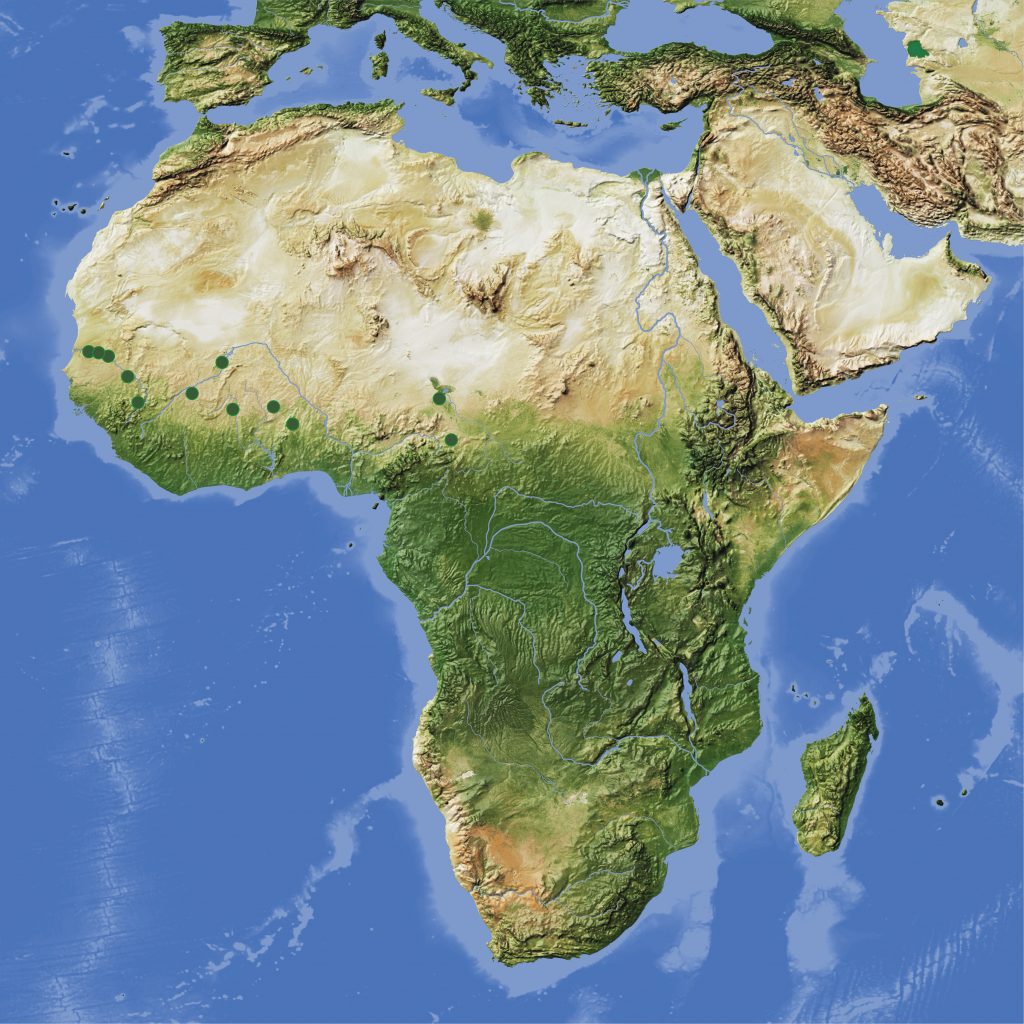
Michael Schmeling, licensed under CC BY 4.0 international, waterbodies © OpenStreetMap contributers, modification by Johanna Sigl
Project description
“Cultivated Landscapes” aims to develop a model which relates formation, propagation, and development of cultural landscapes to land-use practices and their connected social processes, such as the adoption of certain livelihoods and innovations, as well as to the environmental settings. Based on the analyses of archaeological charcoal from sites in several key regions in the West African savannas, dating between 1000 BCE and 1500 CE, it will trace the consequences of human-environment interactions within space and time. Several hypotheses will be tested:
(1) Cultural landscapes begin to form with sedentary lifeways;
(2) Trajectories of cultural landscape development differ depending on socio-economic drivers and
(3) depending on the environment; and
(4) The different trajectories of land-use result in a mosaic of various cultural landscapes in space and time.
With intentional fires, pastoralism and eventually plant food-production, human agents have shaped the African savannas in such a manner that cultural landscapes constitute large areas of this biome today. However, investigations into the past interrelations of land-use practices and the vegetation, as a key component of cultural landscapes, have been rare. An exception is the model of cultural landscape development devised for the Sahel of Burkina Faso: charcoal analysis within a wider interdisciplinary framework revealed that in the course of the 1st millennium CE fallow periods had shortened with intensified agriculture and that the exploited vegetation contained a stronger share of browse species due to the increased importance of cattle around 1000 CE. In order to identify general as well as particular trajectories of cultural landscape development, “Cultivated Landscapes” now takes a supra-regional approach. Within “Entangled Africa”, the significance of the project is two-fold as people acted within landscapes as well as on landscapes: Landscapes set the stage for movement, communication and trade; landscapes are thus the space where people are entangled with one another. Simultaneously, the landscapes themselves are entangled with people, as they are shaped through human land-use in all its forms. To elucidate these past human-environment interrelationships palaeobotanical approaches are essential, because the physiognomy of landscapes is to a large extent shaped by plants. In the African savannas, archaeological charcoal is particularly suitable: it is derived from an important part of the savanna vegetation and it is directly related to human actions through its archaeological context. Based on the analyses of charcoal from savanna sites between the Senegal River and Lake Chad this project will characterize the consequences of human-environment interactions, develop a model of temporal and spatial changes, and tie in with questions and evidence from other projects within “Entangled Africa” by integrating data related to environment, socio-economic systems and human impact.
Presentation at the Groundcheck 2022 – Climate, Crisis, Archaeology (German)
Project members
Dr. Alexa Höhn
Applicant/Project Director
Goethe-University Frankfurt am Main / Institute for Archaeological Sciences
a.hoehn@em.uni-frankfurt.de
Link:
http://araf.studiumdigitale.uni-frankfurt.de/index.php/de/mitarbeiter/62
Ann-Catherine Grünfelder B.A.
Student Assistant
Goethe-University Frankfurt am Main / Institute for Archaeological Sciences
Posts

Report on SPP Entangled Africa Annual Meeting in Münster
Allgemein EN, P01 Prehistoric Axes EN, P02 Connecting Foodways EN, P03 InterLINK EN, P04 Lake Chad EN, P05 Landscapes EN, P06 DeGreening EN, P07 Routes of Interaction EN, P08 ClimCellMed EN, P09 Borrowed words EN, P10 Congo Basin EN, P11 FDM EN, P12 Coordination, P13 Tracing Connections EN![[Attribution: unknown; Copyright: not defined] D-DAI-KAAK-2024-JS-0063-PlanetAfrica_Eroeffnung_BER](https://www.dainst.blog/entangled-africa/wp-content/uploads/sites/11/2024/12/D-DAI-KAAK-2024-JS-0063-PlanetAfrica_Eroeffnung_BER-scaled-e1734001679313-247x163.jpg)
“Planet Africa” in the James Simon Gallery: Exhibition Opening and Press Reviews
Allgemein EN, P01 Prehistoric Axes EN, P02 Connecting Foodways EN, P03 InterLINK EN, P04 Lake Chad EN, P05 Landscapes EN, P06 DeGreening EN, P07 Routes of Interaction EN, P08 ClimCellMed EN, P09 Borrowed words EN, P10 Congo Basin EN, P11 FDM EN, P12 Coordination, P13 Tracing Connections EN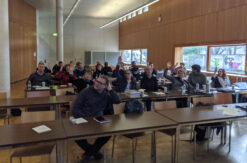
SPP Annual Meeting 2024 in Cologne
Allgemein EN, P01 Prehistoric Axes EN, P02 Connecting Foodways EN, P03 InterLINK EN, P04 Lake Chad EN, P05 Landscapes EN, P06 DeGreening EN, P07 Routes of Interaction EN, P08 ClimCellMed EN, P09 Borrowed words EN, P10 Congo Basin EN, P11 FDM EN, P12 Coordination, P13 Tracing Connections EN![[Attribution: ; Copyright: ] KAAK-SPP2143-TN-2023_Jahrestagung_Frankfurt_01-2022-8](https://www.dainst.blog/entangled-africa/wp-content/uploads/sites/11/2023/01/KAAK-SPP2143-TN-2023_Jahrestagung_Frankfurt_01-2022-8-247x163.jpg)
SPP Annual Meeting at the Goethe-University Frankfurt from 16th to 17th January
Allgemein EN, P01 Prehistoric Axes EN, P02 Connecting Foodways EN, P03 InterLINK EN, P04 Lake Chad EN, P05 Landscapes EN, P06 DeGreening EN, P07 Routes of Interaction EN, P08 ClimCellMed EN, P09 Borrowed words EN, P10 Congo Basin EN, P11 FDM EN, P12 Coordination, P13 Tracing Connections EN![[Attribution: J. Sigl; Copyright: Entangled Africa, KAAK] 2022-01-10_Teilnehmende07](https://www.dainst.blog/entangled-africa/wp-content/uploads/sites/11/2022/01/2022-01-10_Teilnehmende07-247x163.jpg)

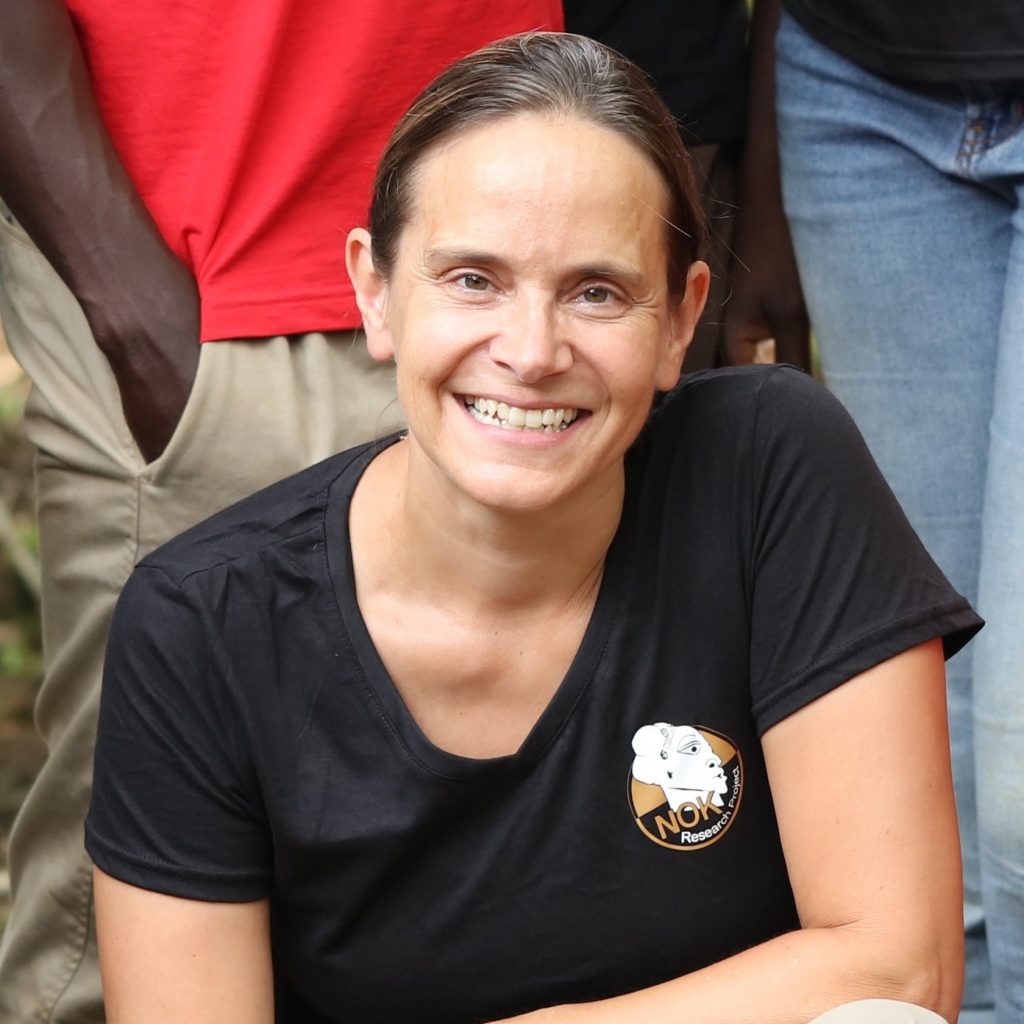
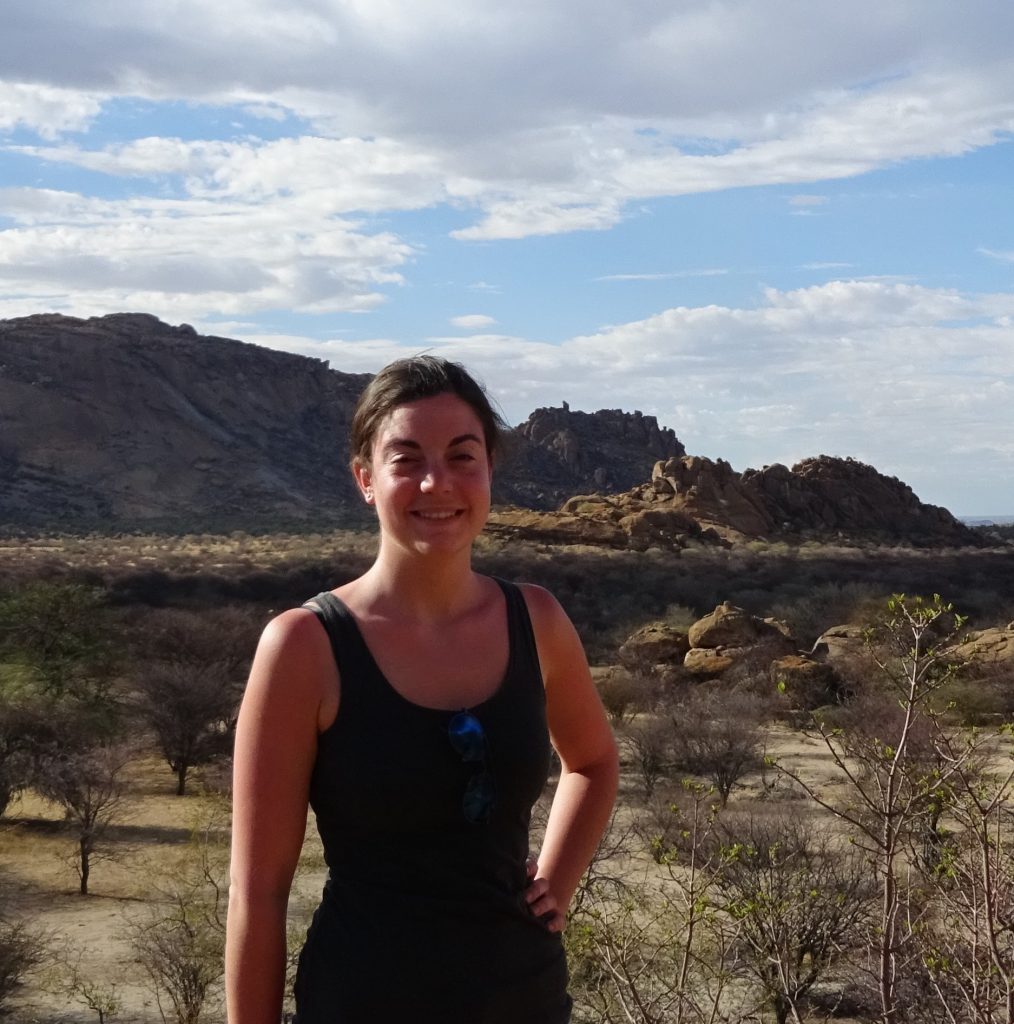
![[Attribution: unknown; Copyright: not defined] DSC00097](https://www.dainst.blog/entangled-africa/wp-content/uploads/sites/11/2024/06/DSC00097-247x163.jpg)
![[Attribution: unknown; Copyright: not defined] safa_logo](https://www.dainst.blog/entangled-africa/wp-content/uploads/sites/11/2023/07/safa_logo-247x163.png)
![[Attribution: ; Copyright: ] Stadt_beschnitten](https://www.dainst.blog/entangled-africa/wp-content/uploads/sites/11/2023/02/Stadt_beschnitten-247x163.jpg)
![[Attribution: ; Copyright: ] welcome_diner](https://www.dainst.blog/entangled-africa/wp-content/uploads/sites/11/2022/12/welcome_diner-247x163.jpg)
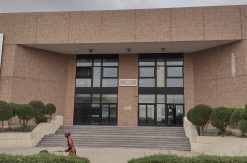
![[Attribution: G. Försterling; Copyright: G. Försterling] shea_tea_ast](https://www.dainst.blog/entangled-africa/wp-content/uploads/sites/11/2022/11/shea_tea_ast-247x163.jpg)
![[Attribution: unknown; Copyright: not defined] Frankfurt 2022](https://www.dainst.blog/entangled-africa/wp-content/uploads/sites/11/2022/08/Frankfurt-2022-247x163.jpg)
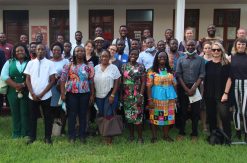
![[Attribution: unknown; Copyright: SAfA 2021] SAFA banner](https://www.dainst.blog/entangled-africa/wp-content/uploads/sites/11/2021/08/safa_banner_6_2021_von-Webseite-247x163.jpg)
![Rasterelektronisches Bild einer archäologischen Holzkohle im Querbruch [Attribution: Alexa Höhn; Copyright: Alexa Höhn] Mege_C2_600_11_011](https://www.dainst.blog/entangled-africa/wp-content/uploads/sites/11/2021/07/Mege_C2_600_11_011-247x163.png)
![Daten & Folie: Mansour Mdawar, Projekt KlimZellMit [Attribution: J. Sigl; Copyright: KAAK] 2021-05-11_03](https://www.dainst.blog/entangled-africa/wp-content/uploads/sites/11/2021/06/2021-05-11_03-e1622808364550-247x163.jpg)
![[Attribution: ; Copyright: ] Poster](https://www.dainst.blog/entangled-africa/wp-content/uploads/sites/11/2021/03/Poster-247x163.png)
![[Attribution: ; Copyright: ] Bild_1a](https://www.dainst.blog/entangled-africa/wp-content/uploads/sites/11/2020/09/Bild_1a-scaled-e1599479215658-247x163.jpg)
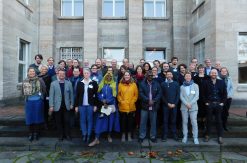
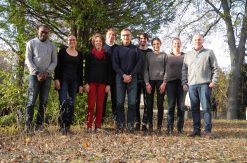
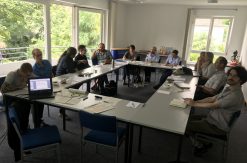
![[Attribution: unknown; Copyright: not defined] Screenshot 2023-11-06 at 09-50-21 Über die Zeitschrift Journal of Global Archaeology](https://www.dainst.blog/entangled-africa/wp-content/uploads/sites/11/2023/11/Screenshot-2023-11-06-at-09-50-21-Ueber-die-Zeitschrift-Journal-of-Global-Archaeology-247x108.png)
![[Attribution: unknown; Copyright: not defined] cropped-Front-Page3](https://www.dainst.blog/entangled-africa/wp-content/uploads/sites/11/2024/09/cropped-Front-Page3-1-247x163.png)
![[Attribution: unknown; Copyright: not defined] aar](https://www.dainst.blog/entangled-africa/wp-content/uploads/sites/11/2023/08/aar-247x163.png)
![[Attribution: ; Copyright: ] Hoehn et al 2020_Seite_01_ausschnitt](https://www.dainst.blog/entangled-africa/wp-content/uploads/sites/11/2021/03/Hoehn-et-al-2020_Seite_01_ausschnitt-247x163.jpg)